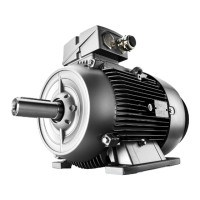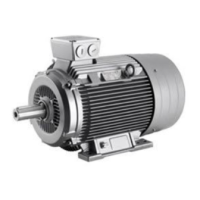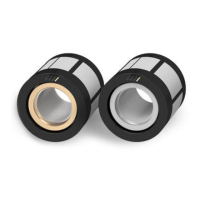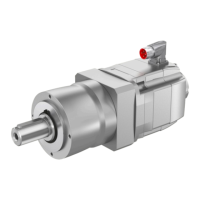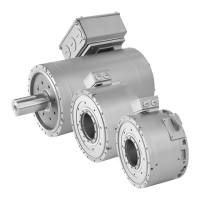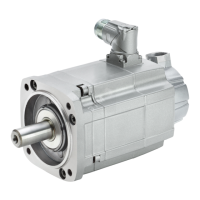Maintenance
Explosion-protected machines
56100000002002, 01/2016
135
9.2 Preparation and notes
9.2.1 Paint finish resistant to sea air
Carefully observe the appropriate precautionary measures in order to avoid death
or severe injury.
For paint finish "resistant to sea air" (C4 according to EN ISO 12944-2) for motors
belonging to explosion group III, processes that generate significant levels of
electrostatic discharge are absolutely not permissible. Paint can be electrostatically
charged as a result of intensive dust turbulence or processes with high levels of
electrostatic charging. Electrostatic discharges can occur. Minimize the risk of
electrostatic charging by applying the following effective measures.
• Increase the conductivity of bulk goods and plant/system parts, e.g. by applying
an appropriate coating.
• Increase the humidity or ionization.
• Reduce the amount of fine components in bulk goods, e.g. resulting from
abrasion
• Restrict the degree of dispersion, e.g. by selecting plug conveying instead of
dilute phase conveying.
• Reduce the flow rate, the mass flow rate or the air velocity.
• Avoid large heaps of bulk goods.
• Transport using gravity is the preferred choice rather than pneumatic transport.
• When pneumatically transporting bulk goods, use conductive hoses in order to
avoid electrostatic discharge.
Additional measures are listed in IEC 60079-32-1.
The paint coat can become electrostatically charged where there is a thick coat.
Electrostatic discharges can occur. There is a risk of explosion if potentially
explosive mixtures are also present at this moment. This can result in death,
serious injury or material damage.

